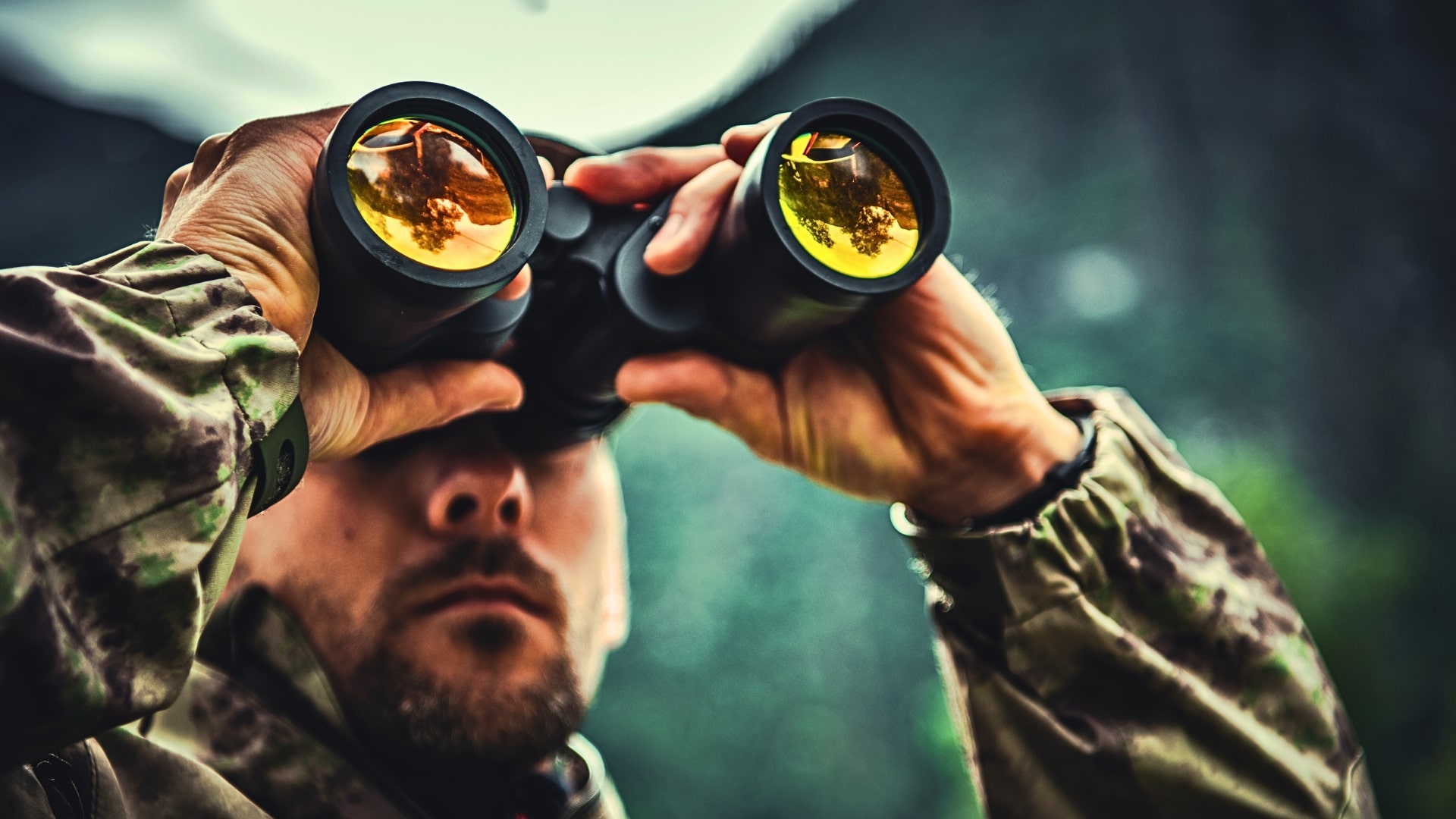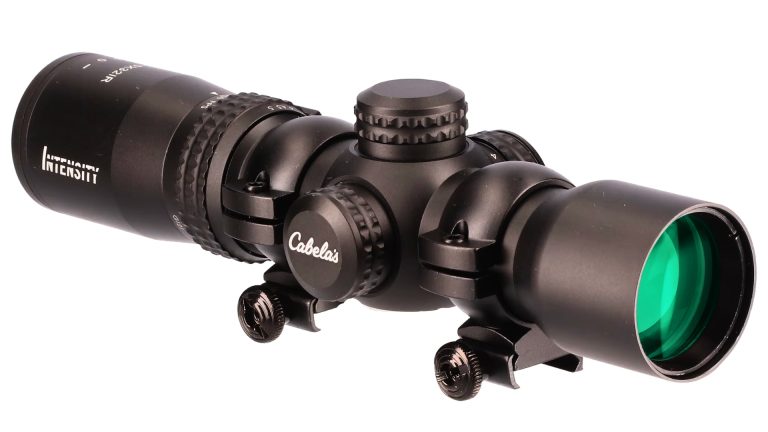Hunting Binoculars: How to Use Them?
When it comes to hunting, a hunter’s arsenal extends beyond their weapon of choice. Hunting binoculars play a crucial role in spotting and identifying game, making them an essential tool for any hunter.
In this article, we will explore the optimal ways to utilize hunting binoculars to enhance your hunting success.
Choosing the Right Binoculars
To become a more proficient hunter using binoculars, it’s essential to invest in a quality pair. While you don’t necessarily need the most expensive binoculars available, opting for a set of binoculars with reliable glass that provides comfort during long periods of use is crucial.
It is advisable to go for the best binoculars you can afford, as quality often aligns with price. Hunting binoculars can range from $200 to $3,000 (or even more), with noticeable differences in performance and durability. Below are some of the best value binoculars for hunting that you can buy at Cabela’s.
Vortex Diamondback

$239.99 – $369.99*
Leupold BX-4 Pro Guide

$599.99 – $769.99*
Zeiss Conquest

$1,049.99*
*Price may change over time
How to Use Hunting Binoculars Effectively
Now that you’ve chosen your binoculars it’s time to learn how to use them. Mere possession of high-quality hunting binoculars does not automatically make one a better hunter.
As you probably know, binoculars are typically employed when an animal is spotted, especially when it’s moving away. While this approach is better than attempting to shoot without a proper assessment, it does not fully exploit the potential of hunting binoculars.
Spotting and Locating Game
Regardless of the target animal, the key to an ethical shot lies in detecting it before it detects you. Since game animals rely on their sharp senses, including their sight, hearing, and sense of smell, spotting them from a distance is vital.
Binoculars prove to be a hunter’s ally in this scenario, particularly when animals blend into their surroundings.
As you prepare for your hunting expedition, start using your binoculars before leaving your vehicle during daylight hours. This allows you to thoroughly survey the area without alarming the game as soon as you step out. Take your time and scan both nearby and distant locations.
You’ll be surprised by how difficult it is to spot a deer in a green field before full light.
The terrain you’re hunting in will also influence the way you utilize your hunting binoculars.
In more open areas, you can cover a larger expanse from a single vantage point. Conversely, if you’re in a densely covered area, you must invest more effort in searching, as animals have more hiding spots. You might glance over an area and initially see nothing, but upon waiting a few minutes, several deer hidden behind bushes may come into view.
After scanning an area with your hunting binoculars, you’ll either spot an animal or not. If no animals are sighted, you can move on while continuously glassing your surroundings.
Surprisingly, simply changing your angle of view can reveal numerous hidden animals. In the event you do spot an animal, you’ll need to evaluate whether it meets your criteria for a potential target based on your hunting standards.
Identifying and Assessing Animals
Once you’ve located an animal, the next step is identification. This is where high-quality hunting binoculars truly shine. If the animal belongs to the species you’re targeting, employ your binoculars to closely assess and ensure it meets your standards. Among other things, you must consider the animal’s sex, approximate age and behavior, before you take your shot.
Make sure you know the animals you hunt like the back of your hand. You can read about wildlife right here on our website:
Developing Confidence
It’s easy to glance through your binoculars for a few minutes, see little, and then resume walking. However, until you’ve experienced the advantage of spotting animals that would have remained unseen without binoculars, it’s challenging to appreciate the significant benefits optics provide.
As you become adept at using binoculars to locate game, you’ll gain confidence in your ability to spot animals from a distance, enabling you to observe them before they become aware of your presence. The more frequently you adopt this approach, the longer you’ll spend observing through your binoculars.
Persistence pays off, and if you dedicate enough time to glassing, you’ll undoubtedly discover game.
Utilizing Vantage Points
In open, steep, or challenging terrains, the best strategy is to utilize vantage points that provide a view of the area without disturbing the animals.
It may be necessary to identify multiple vantage points to thoroughly glass the entire area, but this approach is superior to walking through the habitat and potentially spooking your target, causing them to flee to a different location.
If you glass an area where you believe a large buck resides but fail to spot it, return after a few hours or the next day. Unless someone else has entered the area and scared the animal away, chances are it remains within the vicinity.
Using Binoculars Throughout the Day
Optimal use of hunting binoculars extends beyond the usual morning and evening periods when deer are moving between feeding and bedding areas. Animals can be found in bedding areas throughout the day, even in brushy regions.
Keeping your binoculars at hand is worthwhile as animals often rise from their beds during the day to stretch, nibble on vegetation, adjust their bedding, or drink water. Locating game in their bedding areas allows you to plan a stalk or position yourself for an ambush during the evening hours.
Practicing Scouting
To develop and gain confidence in your glassing abilities, preseason practice is essential. Summertime offers increased visibility of game, especially mature animals, making it easier to spot them and build your proficiency with binoculars.
By familiarizing yourself with the area you intend to hunt, you gain insights into the game’s habits, preferred locations, and potential targets. This advantage sets you apart from hunters who aimlessly roam, relying on chance encounters and often resulting in missed or wounded game.
Spot and Stalk Hunting
Spot and stalk hunting involves spotting an animal of interest but needing to decrease the distance between you and the target. In such situations, choose landmarks to help guide your progress and know when to use your binoculars.
Objects and animals may appear differently as you approach, and binoculars enable you to spot subtle signs that may not be visible to the naked eye. This could be as minor as an antler tip or the flicker of an ear.
Sometimes, an animal must stand up before you can see it clearly. In such cases, it’s best to wait for them to rise naturally and seize the opportunity for a good shot.
Spotting Scopes
In cases where binoculars fail to locate animals, a spotting scope becomes an invaluable tool. Pulling out your spotting scope after binoculars can reveal animals that may have gone unnoticed. Spotting scopes provide detailed views and assist in identifying animals that meet your criteria.
A spotting scope is not a necessary tool, especially for beginners. You can get the job done with a good pair of binoculars. But if you’re serious about things like mountain hunting, long-range shooting, and such, I strongly suggest you take a look at the following spotting scopes:
Vortex Razor HD

$699.99*
Athlon Ares Gen2 UHD

$649.99 – $819.99*
Cabela’s Intensity HD

$349.99*
*Price may change over time
Conclusion
If you haven’t utilized hunting binoculars to spot game before it detects you, you’ve been missing out on incredible hunting opportunities. Employing binoculars for game spotting is not only efficient but also enjoyable, rewarding, and relaxing.
Once you embrace this approach, you’ll likely experience your most successful hunting expeditions, securing trophies beyond your expectations and savoring the taste of 100% organic, high-quality meat.
Happy hunting!





